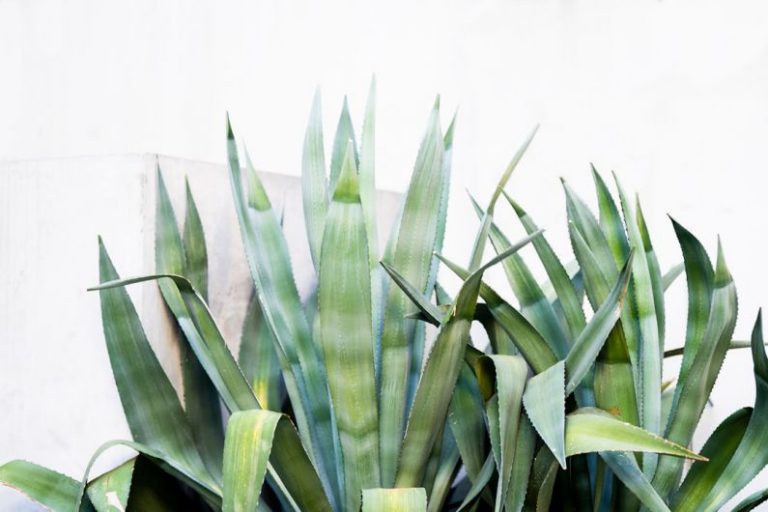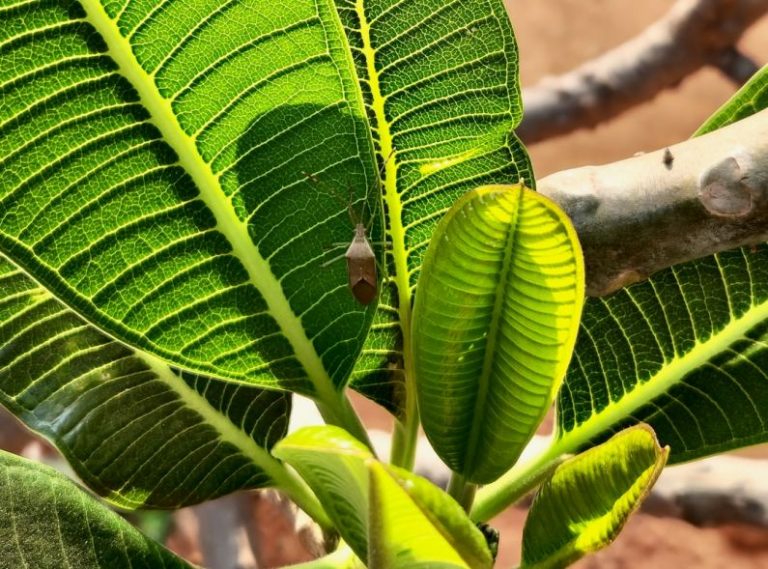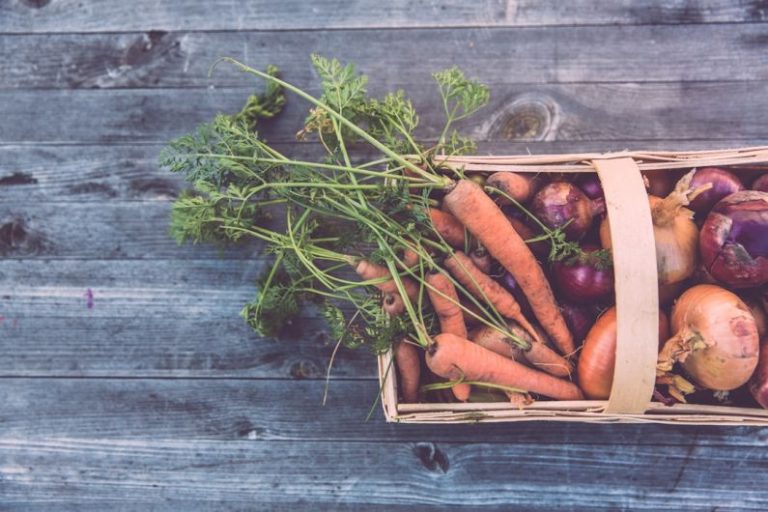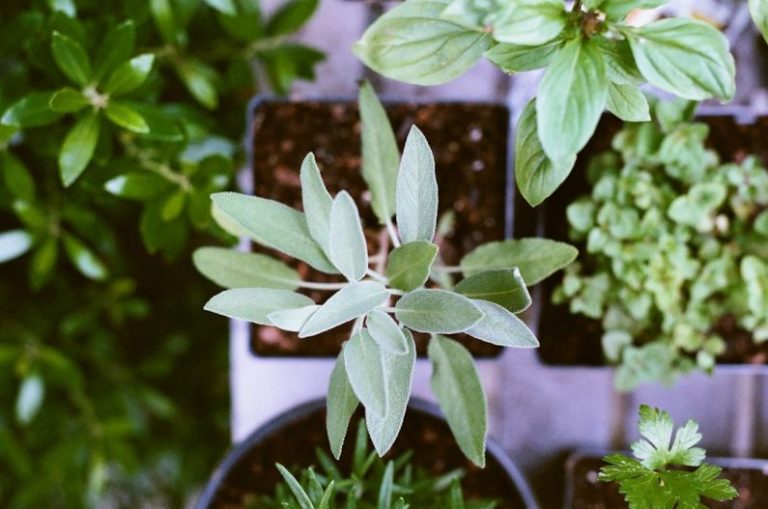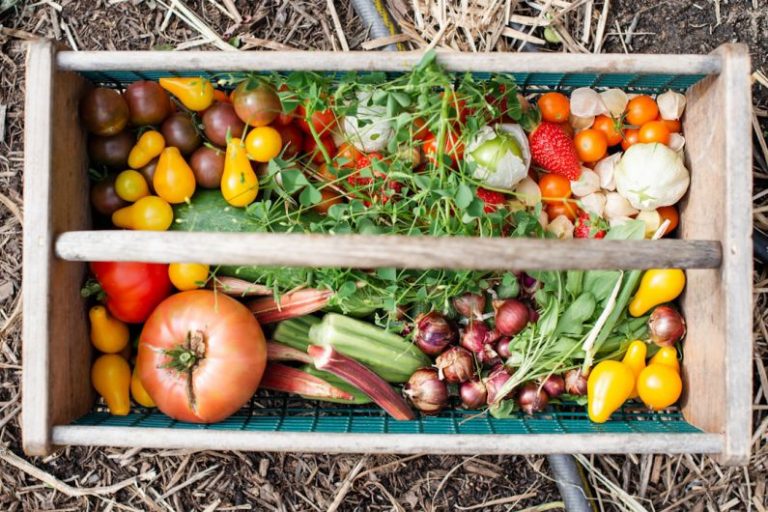Seasonal Gardening: What to Plant Each Season
Gardening is a rewarding and therapeutic activity that allows you to connect with nature and witness the fruits of your labor blossom. To maximize your garden’s potential, it’s crucial to plant according to the seasons. Each season brings its own set of opportunities and challenges for gardeners. By understanding what to plant during each season, you can ensure a bountiful harvest year-round.
Spring: A Time for Growth and Renewal
As the chill of winter fades away and the days grow longer, spring heralds the beginning of the gardening season. This is the perfect time to plant cool-season crops such as lettuce, spinach, peas, and radishes. These vegetables thrive in the mild temperatures of spring and can be harvested before the heat of summer sets in. Spring is also an ideal time to plant perennial flowers, shrubs, and trees, allowing them to establish strong root systems before the heat of summer arrives.
Summer: Abundant Harvests and Vibrant Blooms
Summer is the season of abundance in the garden, with a wide variety of fruits and vegetables reaching their peak ripeness. Warm-season crops such as tomatoes, peppers, cucumbers, and squash thrive in the heat of summer and can provide a plentiful harvest for months to come. This is also the perfect time to enjoy the vibrant blooms of summer annuals such as marigolds, zinnias, and sunflowers. Remember to water your garden regularly during the hot summer months to ensure your plants stay healthy and hydrated.
Fall: Harvest Time and Preparation for Winter
As the days grow shorter and the temperatures begin to cool, fall is a time of transition in the garden. Cool-season crops such as kale, broccoli, carrots, and beets can be planted in the late summer or early fall for a late-season harvest. This is also the perfect time to plant spring-flowering bulbs such as tulips, daffodils, and crocuses, which will burst into bloom the following year. Fall is a critical time to prepare your garden for winter by cleaning up debris, mulching perennial plants, and protecting tender plants from frost.
Winter: Planning and Preparation for the Coming Seasons
While the winter months may seem like a time of dormancy in the garden, it is an important time for planning and preparation. Use the winter months to reflect on your garden’s successes and challenges from the previous year and to plan for the year ahead. Consider starting seeds indoors for early spring planting, organizing your garden tools and supplies, and researching new plants or techniques to try in the coming seasons. Winter is also a great time to focus on indoor gardening projects such as growing herbs on a sunny windowsill or starting a collection of houseplants.
In Conclusion: A Year-Round Gardening Adventure
Gardening is a year-round adventure that allows you to connect with nature, nurture new life, and enjoy the fruits of your labor. By planting according to the seasons, you can maximize your garden’s potential and ensure a successful harvest throughout the year. Whether you’re planting cool-season crops in the spring, enjoying abundant harvests in the summer, preparing for winter in the fall, or planning for the future in the winter, each season offers unique opportunities for gardeners. Embrace the changing seasons and let your garden flourish in every season of the year.

